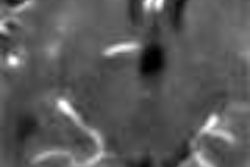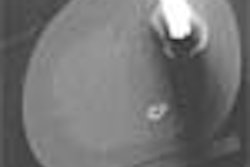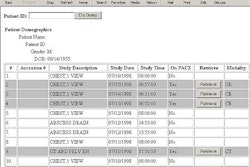Elsevier Health, St. Louis, 2002, $95
The most noteworthy aspect of the latest edition of this book is that it bears little resemblance to its predecessor. There are three new authors, the format has been switched to an essay style versus enumerated bullet points, the number of images has easily tripled, and the format has been rearranged and expanded.
The text begins in an unorthodox fashion with a 100-page review of musculoskeletal tumors. Included are subsections on surgical staging and treatment; the modalities used for workup and monitoring; and a thorough overview of bone and soft tissue tumors.
What distinguishes this section from other texts is the plethora of images, and its use of topic specific synopses called "key concepts." This section also features skeletal depictions of anatomic tumor distribution.
However, it lacks a description of routine differential diagnosis and mnemonics, and that is the great weakness of this book. For the resident preparing for the boards, or trying to generate differentials at the light box, these types of lists can be invaluable. The irony is that this was one of the few strengths of the first edition.
The remaining chapters utilize a standard approach to explain the arthridites, metabolic bone disease, and congenital/developmental skeletal disorders. The strengths of these chapters are the thorough reviews of common conditions via imaging examples from multiple modalities.
These chapters also feature in depth discussions of acute and chronic radiographic disease manifestations, as well as multiple drawings of disease process and presentation. Another welcome addition is a brief review of potential complications of joint arthroplasty.
The subsequent chapters review arthrography techniques and sonography of the infant hip. Although this is a short section, the review of technique, trouble-shooting pointers, and illustrations provide an excellent how-to for musculoskeletal procedures.
The true strength of this book lies in its 200-page review of trauma. The hundreds of images spanning all modalities, with detailed descriptions and routine use of diagrams, make it accessible to anyone on a musculoskeletal rotation or on-call, regardless of his or her experience level. However, a cautionary note that the section on trauma cannot replace a musculoskeletal specific MR or CT text.
Musculoskeletal Imaging: The Requisites is a complete, yet portable, review.
By Dr. Daniel ReidmanAuntMinnie.com contributing writer
May 27, 2003
Dr. Reidman is a radiology resident at the Madigan Army Medical Center in Tacoma, WA.
The opinions or assertions contained herein are the private views of the author and are not to be construed as official or as reflecting theviews of the Department of Defense.
If you are interested in reviewing books, let us know at [email protected].
The opinions expressed in this review are those of the author, and do not necessarily reflect the views of AuntMinnie.com.
Copyright © 2003 AuntMinnie.com



















